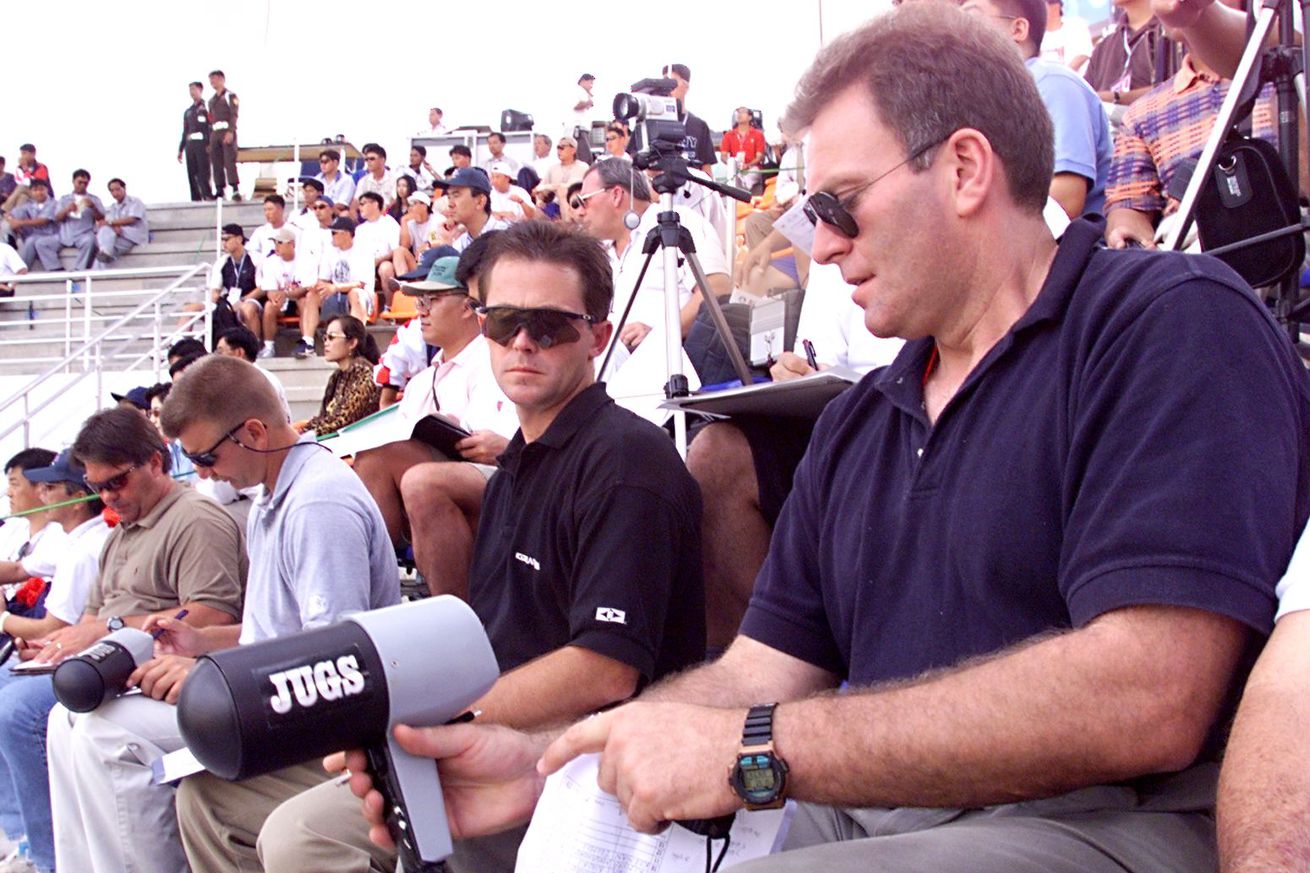
The final product might look fairly standard, but a lot goes into the ranking system.
The goal of a prospect list is simple: Identify the best players and rank them in an ordinal fashion. It sounds simple on the surface, but “identify[ing] the best players and rank[ing] them” is anything but. The annual Amazin’ Avenue top prospect list is compiled from the opinions of multiple individuals, and every one of us has our own biases, likes, and dislikes. We all place value in different things, weighing different player attributes according to our own preferences.
Lukas, for example, is very analytically-oriented, and that colors what he is looking at.
In the past, data-inclined list-writers like myself have relied on bits and pieces of data we could scrounge up, second- and third-hand bits of real underlying metrics combined with a view of the top-line performance and player demographics. That’s changed significantly in the last couple years, with significant amounts of data for Triple-A and Low-A baseball becoming available to the public. People like Rob Orr have even collated, analyzed, and presented this data in a digestible format, removing the need for programming chops or real data analysis skills.
So what does this mean for this year’s prospect evaluations? For hitters, I’m looking at three things: damage on contact, approach (a variable I semi-intentionally overvalue), and contact ability, with spray characteristics also factoring in. Pitchers, meanwhile, are evaluated more on a pitch-by-pitch level, looking for offerings that induce in-zone whiffs and chase, then thinking about how those offerings might work together. There’s an orthogonal axis to this about major league readiness, though that was less of a factor in this year’s particular crop of prospects. In general, I’ll value hitters over pitchers given the inherent injury risk, but only if the hitters have a chance to be a starter; marginal pitchers are more valuable than marginal hitters.
Myself, on the other hand, I am more of a traditional type. While I don’t consider myself to be a block-headed luddite as portrayed in Moneyball, I do believe that it is extremely important to actually see a player—preferably in person—so that there can be some context to the numbers that they put up. Mechanics don’t show up anywhere on Kevin Parada’s FanGraphs page, but they are a big reason why he hit .214/.304/.359 in 114 games with Binghamton last season. Stats don’t reflect whether a pitcher was losing his focus and laboring during higher-leverage situations or if he maintained his composure and was as cool as a cucumber during the most stressful moments of his performance on the mound. If I can’t personally go to games, I’ll watch video and/or listen to second-hand accounts from other sources. Those sources have to be trusted, of course; Joe Schmoe from wherever could go to a bunch of games but not know what he’s looking for or looking at!
When a player “looks” right, I will look at the bigger picture, using standard basic baseball stats and then increase the focus on my microscope, looking to find something with more advanced data to figure out why a certain outcome was or was not being achieved. “This player did pretty well this past season, keeping hits to a minimum and striking out a ton of batters. Why? A ha! Because of his release extension and the spin rate on his heater, he’s having a ton of success because of that pitch! Wow, the crack of the bat from that player! He’s definitely a guy to watch! Oh, his median exit velocity is actually below-average, especially relative to his age, and the distribution of his launch angle is pretty inefficient. Maybe not!”
There are so many different things that go into evaluating a player that there isn’t an objectively correct answer as to how it should be done, or the best way to do it. I personally feel that traditional methods should not be thrown out because there is a lot that a more progressive, data-based analytic approach misses. At the same time, data is objective and shows us things that the naked eye can’t. Just because it’s newfangled, sometimes hard to come by, and sometimes even harder to properly interpret, it doesn’t mean that it should be thrown out.